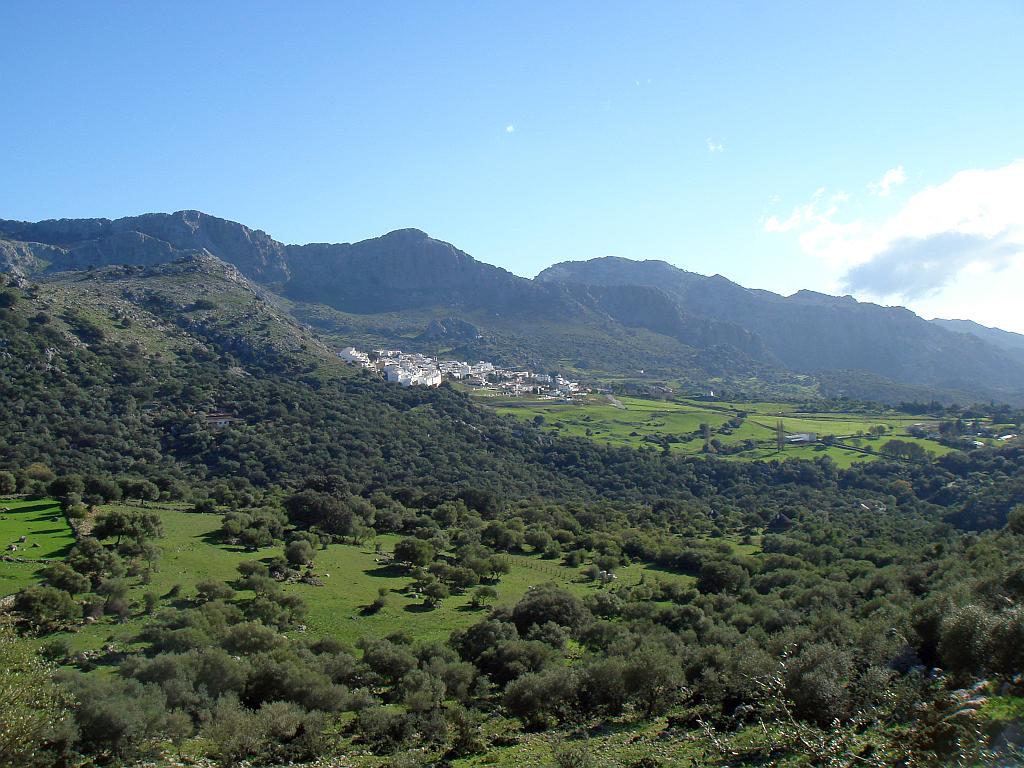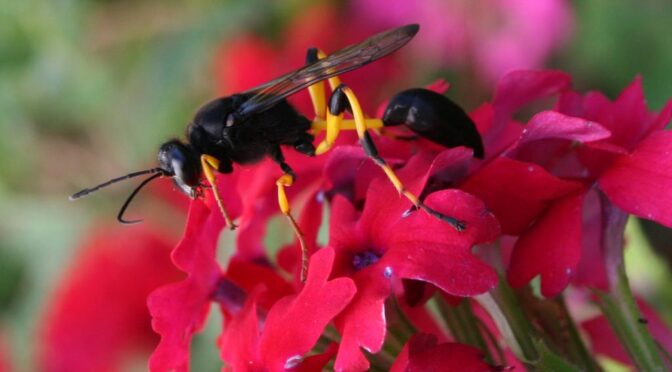If you are staying in the Grazalema area then most likely a trip to Ronda will be on the agenda and so its great to announce that recently I created the The VoiceMap GPS Audio Guide for Ronda
The VoiceMap GPS Audio Guide for Ronda
Listening to me along the way (and also some captivating guitar music from the amazing Paco Seco), you’ll pass breathtaking lookout points including the Mirador de Ronda and the Mirador de Aldehuela.
As we leave the new town behind us and enter the old, past the Mondragón Palace and museum we’ll visit Ronda’s former defensive border at the Puerta de Almocábar, and quake in the boots of history’s soldiers as you imagine approaching armies.
From there we’ll follow the old walls to the Arab Baths and the Puente Viejo bridge, before making our way back over Puente Nuevo. The tour ends in front of the Plaza de Toros, the Bullring of the Royal Cavalry of Ronda.
I’ll also provide answers to some intriguing questions like:
• What did Blas infante, the father of Spanish nationalism, do in Ronda?
• Why is one particular Italian priest famous around here?
• Who built the Puente Nuevo?
• Did Queen Isabella really visit Ronda?
• When did the Christian conquerors arrive?
• How important is bullfighting in Andalucia?
Creating the VoiceMap GPS Audio Guide for Ronda from the content here at Ronda Today has been a real pleasure and I hope that you enjoy walking the tour as much I did making it.
You can get the guide directly here: https://voicemap.me/tour/ronda/ronda-andalucia-s-city-of-dreams-a-walking-tour
Wildside Holidays – Spain
The top wildlife, activity and walking holiday companies in Spain. Small family companies living and working in Spain. Local guides are the best!














